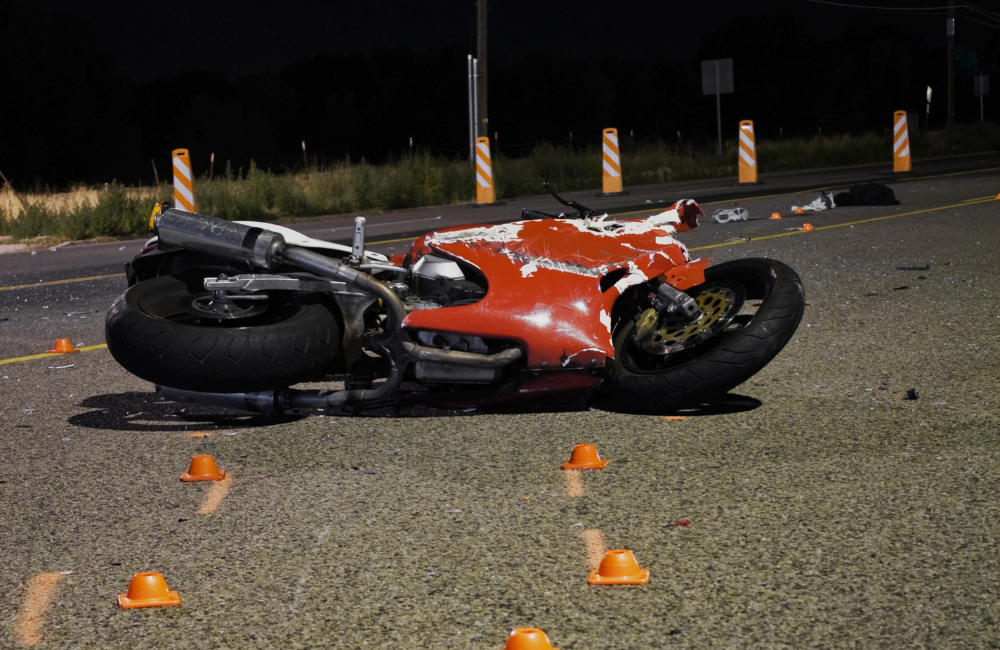Safety should be a primary concern when driving a vehicle alone or with passengers.
We’re now more preoccupied than ever, so it’s vital to understand the fundamentals of safe driving. It would help to practice these every time you drive to be a responsible driver. Here are some safety driving tips which we hope can be beneficial for you or somebody you’re concerned about:
1. Practice Defensive Driving
We have mentioned before that it is crucial to focus only on the things you can manage from your side. But unfortunately, many drivers aren’t well-versed in proper driving manners or are aware of the laws that govern the roads.
In some areas, if you signal to change lanes to the right line, the vehicle in front will speed up to ensure that you don’t overtake them. Unfortunately, some drivers aren’t aware of the right-of-way and drive their car through the intersection.
Whether a “cultural thing” or plain ignorance, keep the right attitude when driving.
There might be several reasons why the person is driving this way. They might be just beginning their journey, or it could be an emergency or simply someone experiencing a difficult day. It’s not your responsibility to discover why drivers behave as they do. Your sole goal is to ensure you.
2. Disconnect from Distractions
The use of mobile cellphones and texts while driving has been a major safety issue for over a decade. However, there are numerous ways to become distracted when driving. Distracting your eyes from the road for just one second means you cover many car lengths without noticing what’s happening in front of you. If you imagine it as if you were driving while your eyes shut, It’s pretty terrifying, right?
Many phones nowadays have a “driving mode” setting that prevents them from notifying you of new messages when they detect the motion of an automobile. Setting the phone to driving mode is a good start. However, be aware of other distractions, like taking food in the car having coffee in the car, speaking to other drivers, or being attentive to your pet while driving.
Try to avoid any distractions you can while driving. Studies show that multitasking doesn’t perform. In addition, multitasking can be risky if driving is one of your jobs. Instead, make sure that you’re focused when you are behind the steering wheel. It’s less stressful and safer.
3. Don’t Forget the Shoulder Check
While changing lanes, check the side view and rearview mirrors to check at traffic before you proceed. However, it’s a risky habit to rely on mirrors to change lanes solely.
Mirrors in the side view could not display the vehicle or car that is in the blind spots of your car. The blind spots are on both sides of the vehicle.
If you are changing lanes, you should use your turn signal to indicate your intentions; after that, you must move your head to the side and perform a quick visual check in the blind area along the outside of your vehicle to make sure your lane free before merging into the lanes.
Conducting a shoulder inspection will assist you in avoiding accidents by not properly merging into a traffic lane that is not occupied. Don’t forget to do to check your shoulder!
4. Always Wear a Seat Belt
Grabbing and clicking your seatbelt as soon as you enter your vehicle should be a routine. But it is not. The National Highway Traffic Safety Administration states that 41% who died in automobile accidents in Florida weren’t wearing seat belts.
Be sure to buckle the seat belt before starting the vehicle. In no time, you’ll be doing it each time without even thinking about it.
When you buckle up, you decrease the risk of death during a crash in a passenger vehicle by 45% and reduce the risk of mild or critical injury by 50 percent, per NHTSA; however, if you wear a seat belt in a light truck, the danger of death by 60%, and moderate to critical injuries up to up to 65%.
5. Avoid Substances that could affect driving
Over 30 percent of the auto accident deaths across the United States involve drivers impaired by alcohol. These accidents resulted in 10874 deaths in 2017 alone. Many of these deaths could have been prevented if the drivers were not behind the wheel when intoxicated.
Alcohol can cause a variety of impairments that result in car accidents. Even with low blood-alcohol levels, Intoxication can reduce the speed of reaction and coordination and decrease inhibitions. This can lead drivers to make rash decisions. When alcohol levels are higher, it results in blurred or double vision and may cause losing consciousness. Drunk driving isn’t just a bad idea; it’s also a crime. In Florida, when you’re in a car, a blood-alcohol level (BAC) that is 0.08 or greater will most likely result in a visit to jail.
It’s not difficult to avoid drinking and driving. If you’re drunk or are consuming alcohol, ask a sober friend to ride with you or call a taxi. If you’re planning to drink shortly, have an authorized driver. The slight discomfort of taking a taxi home is nothing compared to the repercussions of drinking and driving.
6. Keep Your Car Well-Maintained
It’s not an effective method to prolong your vehicle’s longevity, but it’s also a significant safety concern. If your vehicle is not safe and the mechanic who inspects it will tell you what you should take to correct it. But, it could take several years between inspections, so owners must know about any possible security issues and have them fixed before they can lead to an incident.
A very frequently-cited maintenance issue that can cause crashes is a lack of tire pressure. Inconsistent tire pressure or too low or high pressure can affect performance or even lead to an explosion, especially in vehicles with high performance or heavier vehicles such as SUVs. It is possible to purchase a pressure gauge from any auto parts retailer and test the pressure against the recommendations in the owner’s manual. While you’re there, you could rotate your tires to encourage uniform wear and consistent performance.
Another crucial area is the brakes of your car. If you feel a “softness” in the brake pedal or a slight rumble when you apply the brakes, check them out by a qualified mechanic. The brakes might be worn out, or you may have problems with the vehicle’s hydraulic system.
7. Drive When Alert and Well Rested
Alcohol isn’t the only thing that can affect the ability to drive. Certain medicines that contain substances that cause you to become sleepy can have similar effects as drinking alcohol.
It’s also not advisable to drive if you’ve had an unrestful night or a long night preparing to take an examination or write an assignment for work. In these instances, the best choice is to just stay in your home and rest.
If you truly need to travel somewhere and don’t have anyone driving you, make arrangements through a shuttle service that will be there to pick you up and take you back safely.
If alcohol or other stimulants like caffeine are a part of your daily driving routine, You’re not doing it right and risking your life.
Driving while fatigued, also known as “drowsy” driving, is another type of impaired driving that could be just as dangerous as driving under the influence of any sedatives, such as alcohol. The issue with being tired is that it is difficult to notice the signs of sleepiness. As a result, if you’re having trouble paying attention, the ability to spot dangers in traffic is diminished, and you’re at risk of being involved in a crash.
A National Sleep Foundation’s Sleep survey in America found that 60 percent of Americans had driven when tired, while 37% confessed to falling asleep the previous year.
Be aware of driving in the evenings or late at night, when you’re usually asleep. You may be more prone to falling asleep at the wheel at these times.
Have a great night’s rest before you leave, whether it’s a brief commute, errands in town, or even a lengthy journey.
The Sleep Foundation says healthy adults should get between 7 and 9 hours of sleep each night. Teenagers need even more sleep to facilitate to grow and improvement. Over 65-year-olds should be getting 7-8 hours of rest every night.
8. Don’t Feed the Need for Speed
There are many deaths in car crashes due to drivers who rush to reach their destination faster or are racing to get the thrill. Be sure to leave early and allow yourself an extra few minutes, so you don’t feel pressured to accelerate.
Speeding can be dangerous not just to the life of the driver, passengers, and all the other people on the roads. For example, in the year 2020, speeding caused the deaths of 11258 individuals.
Speed can be risky when you drive over the speed limit for road conditions like poor weather, roads that need repairs, or dark areas at night.
If you have been injured in an automobile accident due to the other driver’s negligence, you deserve to be compensated for your injuries.
The attorneys at Bodden & Bennett Law Group are experienced in investigating your accident, calculating your losses, and aggressively pursuing compensation. To schedule a free discussion of your legal options, call us at (561) 806-5229 now or fill out our online contact form.



